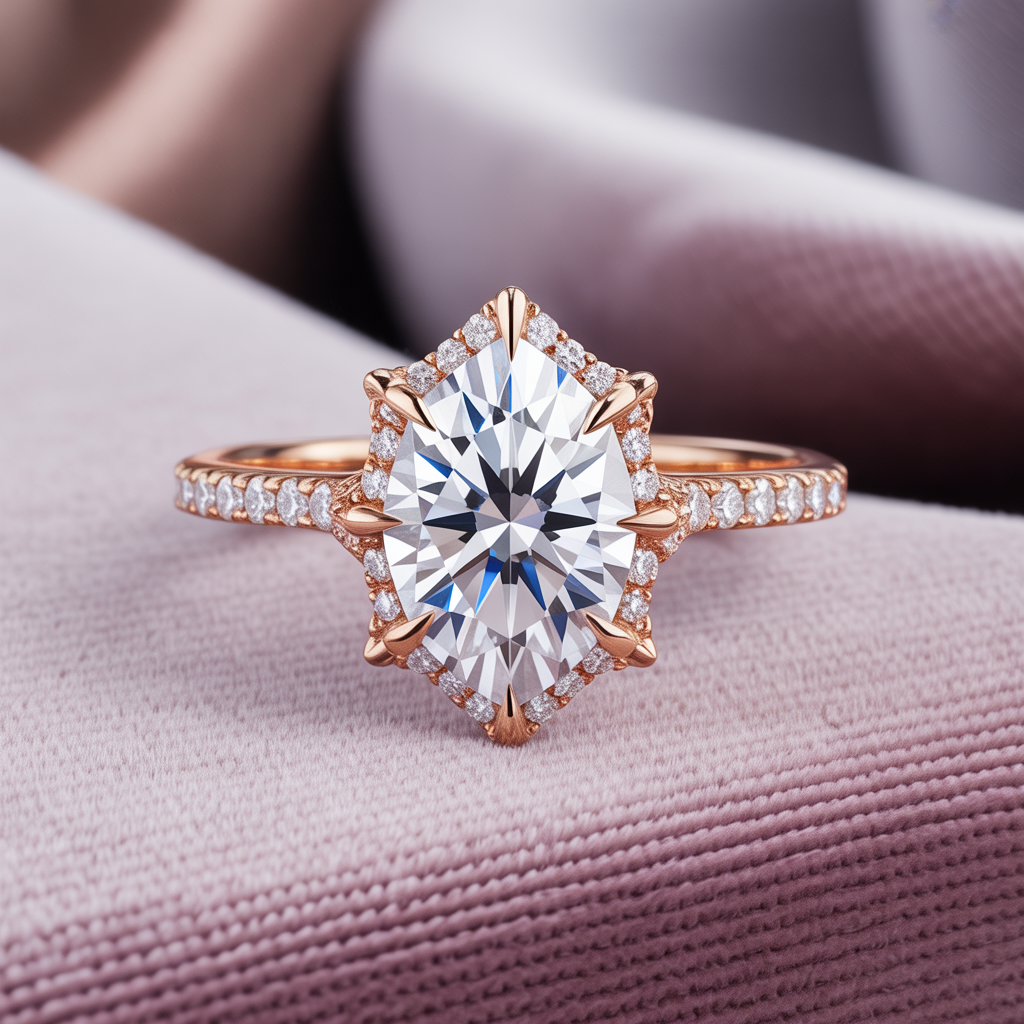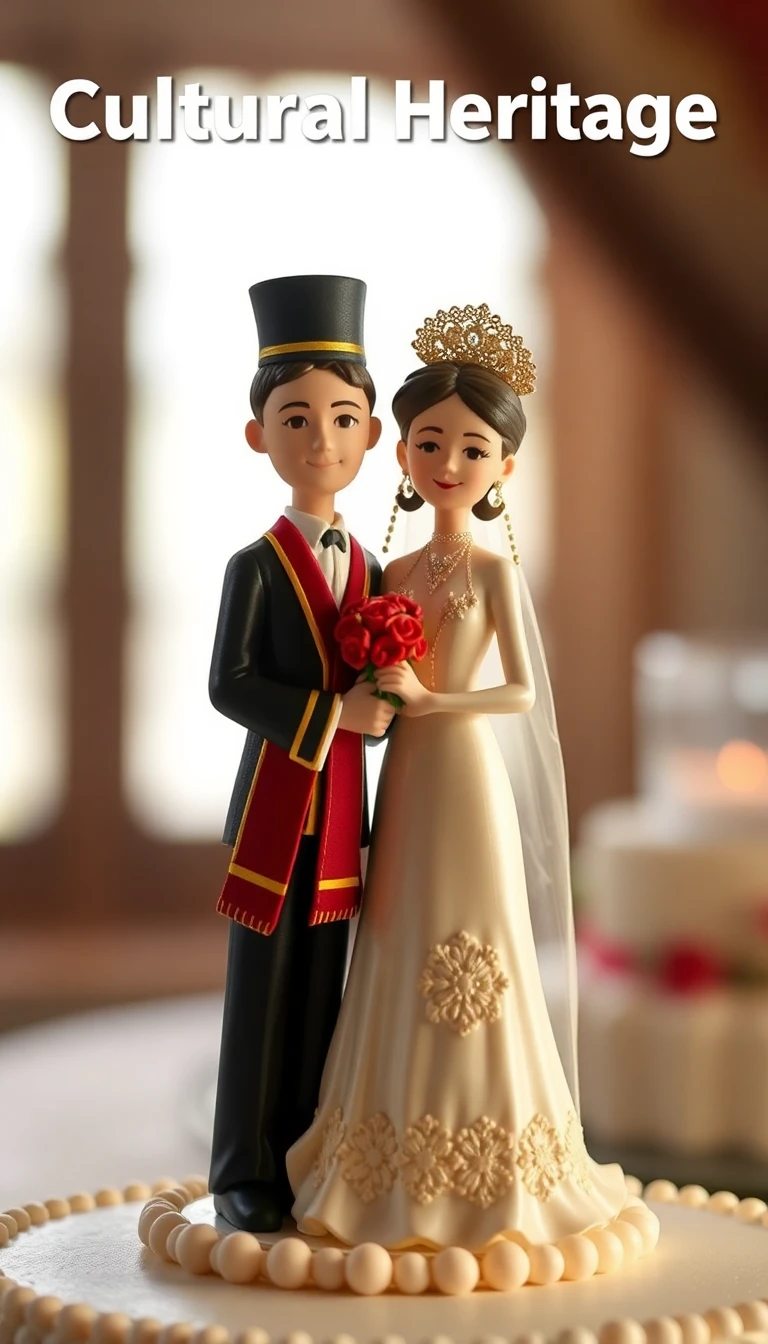What Is the Average Carat Size for a Diamond Engagement Ring
Introduction
Choosing the perfect diamond engagement ring can be a daunting task, especially with the multitude of options available. One of the most important factors to consider is the carat size, which directly influences the ring’s appearance and price. Understanding the average carat size can help couples make informed decisions that align with their preferences, budgets, and styles. This article will explore the average carat size for diamond engagement rings, along with essential definitions, key concepts, and future trends.
Definitions
Before diving into the average carat size, it is vital to understand some basic terms related to diamonds. A carat is a unit of weight used to measure gemstones, with one carat equivalent to 200 milligrams. The term ‘carat’ is often associated with the size of the diamond, but it is essential to recognize that carat weight does not always directly correlate with the visual size of the stone. Other factors, such as cut, color, and clarity, also play significant roles in a diamond’s overall appearance.
Key Concepts
The average carat size for diamond engagement rings has seen fluctuations over the years, influenced by trends, cultural factors, and economic conditions. As of recent data, the average carat size is approximately 1.0 to 1.2 carats. However, preferences vary significantly based on personal taste and regional differences. For instance, couples in urban areas may gravitate towards larger sizes compared to those in rural settings.
Additionally, the perception of value in diamonds often leads to a focus on carat weight over other attributes. While a larger diamond may seem more desirable, a well-cut smaller diamond can appear larger and more brilliant due to its proportions and light performance. Understanding this can guide buyers in making choices that prioritize quality over sheer size.
Moreover, societal influences, such as celebrity trends and popular culture, can heavily sway carat size preferences. As famous personalities showcase larger diamonds, many couples feel inspired to follow suit, thus impacting average sizes in the market.
Examples of Average Carat Sizes
When analyzing average carat sizes, it’s useful to consider variations based on specific demographics and regions. For instance, in the United States, the average engagement ring typically ranges from 1.0 to 1.5 carats. In contrast, some countries, such as Japan, may see lower averages due to cultural differences in jewelry preferences.
Additionally, the choice of ring style can also affect perceived carat size. For example, a solitaire setting may emphasize a single diamond, whereas a halo setting can create an illusion of a larger stone by surrounding the center diamond with smaller stones. Such designs allow couples to achieve the desired visual impact without necessarily increasing the carat weight.
Pros and Cons of Different Carat Sizes
When selecting a carat size, there are several advantages and disadvantages to consider. Larger carat sizes often command higher prices and can make a bold statement. Couples may feel that larger diamonds symbolize love and commitment more effectively. However, they can also strain budgets and may not offer the best value for the money.
On the other hand, smaller carat sizes may provide a more budget-friendly option while still offering stunning beauty, particularly if the diamond excels in cut and clarity. Additionally, smaller diamonds can be easier to wear on a daily basis, reducing the risk of damage or loss. Ultimately, the decision should reflect personal priorities and lifestyle.
Case Study: Popular Engagement Ring Trends
Recent trends in engagement rings have showcased a preference for both classic and unique styles. For instance, the rise of vintage and antique-inspired rings has led many couples to choose smaller, intricately designed stones. These rings often emphasize craftsmanship and character over sheer size.
Conversely, modern trends have also highlighted the appeal of larger stones, particularly in minimalist settings that allow the diamond to take center stage. As preferences evolve, so too does the average carat size, reflecting the changing tastes of new generations.
Future Trends in Engagement Ring Sizes
Looking ahead, it is likely that the average carat size will continue to fluctuate based on various influences, including economic conditions and evolving cultural attitudes towards marriage and engagement. Emerging trends may lead to a resurgence of interest in unique cuts and settings that enhance smaller diamonds, making them more appealing.
Moreover, sustainability and ethical considerations are becoming increasingly important to consumers, which could affect purchasing decisions. As more couples opt for lab-grown diamonds, the focus may shift towards quality and ethical sourcing rather than carat weight alone.
Conclusion
In conclusion, the average carat size for diamond engagement rings is influenced by a variety of factors, including personal preferences, cultural trends, and economic conditions. While the current average hovers around 1.0 to 1.2 carats, it is essential for couples to prioritize what matters most to them—be it size, quality, or ethical sourcing. By understanding the nuances of carat size and its implications, couples can make informed choices that reflect their unique love stories.







